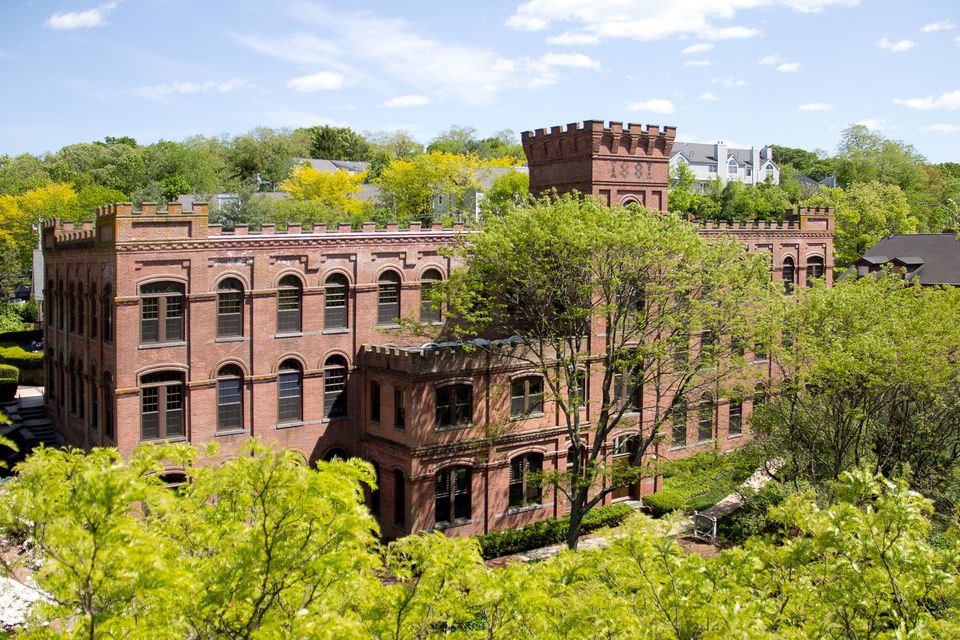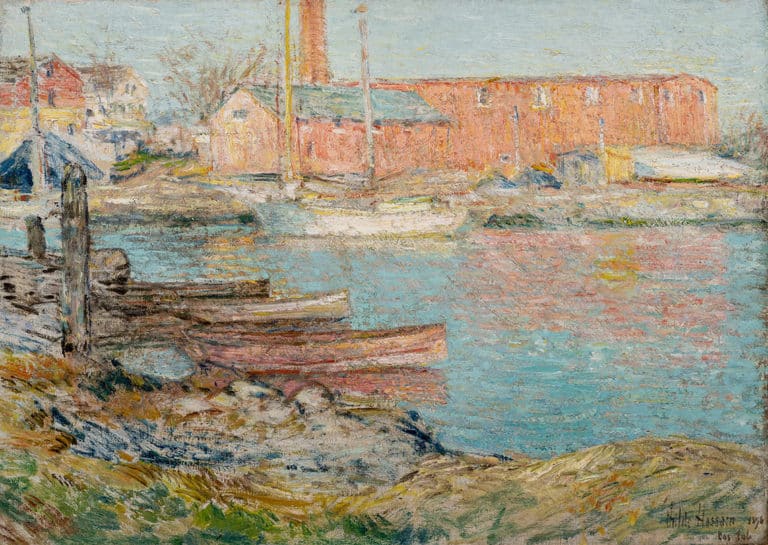1718-1955
The Glenville Historic District joined the National Register of Historic Places in 2007. It is a primary example of a New England mill village, starting with a saw mill built in 1717 and a grist mill in 1718 in the area then known as Sherwood’s Bridge. The name “Glenville” (for the area’s valley or glen) first appeared in print, in the name of the Glenville Manufacturing Company, in 1848. With water power provided by the Byram River, the mill complex grew over time and morphed to manufacture wool and lead products before becoming America’s first woven felt manufacturer in 1852, and under the ownership of the American Felt Company, the largest. In 1978, Greenwich Associates transformed the mill complex into office space and condominiums in a sensitive redevelopment that precipitated Glenville’s second wave of gentrification, as Glenville morphed from a remote factory town into an up-and-coming suburban community.
The Glenville Historic District is architecturally significant because it contains two elaborate examples of mill construction—a transitional Stick-style/Queen Anne (the 1879 Depot Building, 334 Pemberwick Road) and a Romanesque Revival (the 1881 New Mill, 340 Pemberwick Road); an excellent example of a Georgian Revival school (the 1920 Glenville School, 449 Pemberwick Road) that is now the Western Greenwich Civic Center; and notable examples of domestic, commercial, and municipal architecture, including a Queen Anne mansion (the 1886 Superintendent’s Mansion, 6 Glenville Street) and the 1950 modified Georgian Revival Glenville Firehouse (266 Glenville Road).





